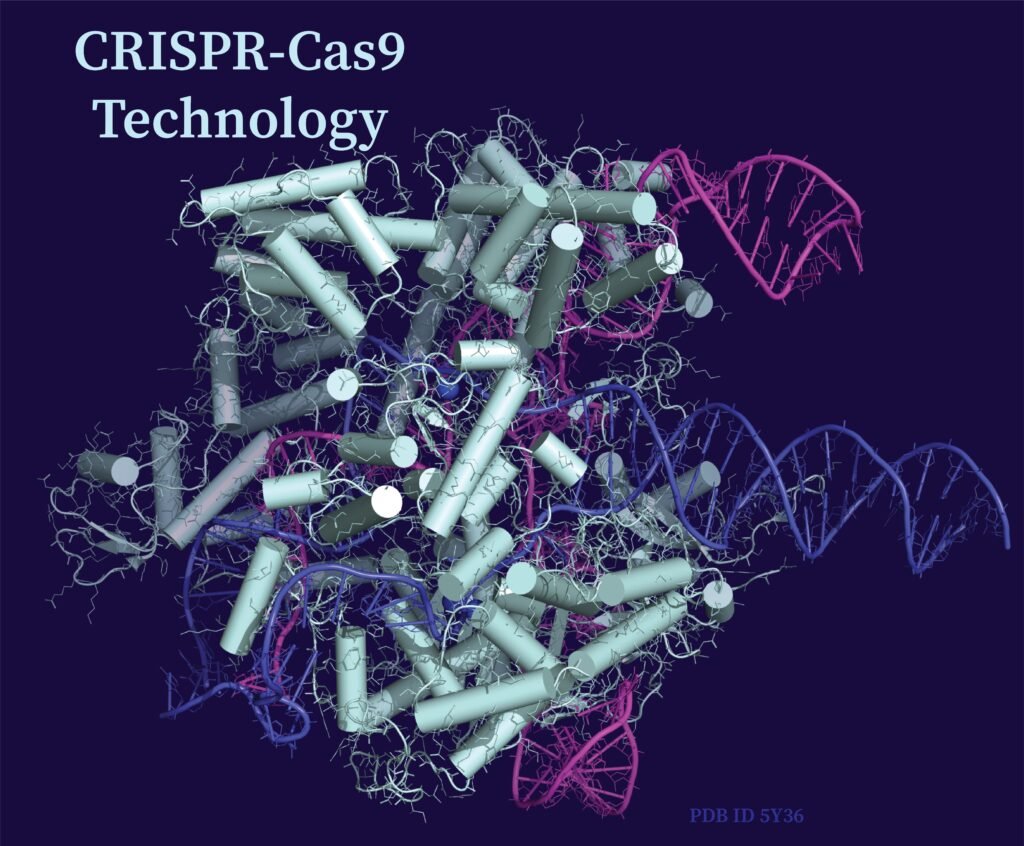Imagine a world where the invisible armies of bacteria, viruses, and parasites that have plagued humanity for centuries are finally brought to their knees—not just with medicine, but with the power to edit life itself. That’s not just science fiction anymore. In recent years, CRISPR has leapt out of the genetics textbook and into the frontlines of our battle against infectious diseases. Its story is one of hope, surprise, and breathtaking ingenuity. With every new discovery, scientists are rewriting the rules of biology and giving us tools we never even dreamed of. Are you ready to witness how CRISPR is changing the fight against infectious disease, not just in the realm of inherited disorders but in the messy, unpredictable world of contagion?
The Birth of CRISPR: A Bacterial Defense Turned Global Game-Changer
CRISPR started out as a bacterial immune system—nature’s own way of protecting single-celled organisms from viral invaders. Scientists were astonished when they realized that this ancient microbial trick could be harnessed and programmed to target specific genetic sequences. It felt almost like finding the ultimate Swiss Army knife for biology. Over the last decade, CRISPR’s reputation has skyrocketed as a tool to edit genes in plants, animals, and even humans. Yet, its most exciting applications might be far beyond the original concept of gene editing. Today, CRISPR is being repurposed as a weapon against infectious diseases, going after pathogens with a precision that feels almost surgical.
CRISPR as a Diagnostic Powerhouse
One of the most thrilling breakthroughs in CRISPR’s journey has been its use as a rapid, ultra-sensitive diagnostic tool. Unlike traditional lab tests that can take days and require expensive equipment, CRISPR-based diagnostics can spot the genetic fingerprints of viruses and bacteria in minutes, even in the field. During the COVID-19 pandemic, researchers developed CRISPR tests that could detect the virus with astonishing speed and accuracy—sometimes even before symptoms appeared. Imagine a tiny strip that glows if a dangerous virus is present, much like a pregnancy test. This approach doesn’t just save time; it saves lives, especially in places where quick diagnosis can mean the difference between containment and catastrophe.
Targeting Viruses: CRISPR Against HIV
For decades, HIV has been the most elusive adversary in the world of infectious diseases. Its ability to integrate into a patient’s DNA made it nearly impossible to eliminate. Enter CRISPR. In experimental studies, scientists have used CRISPR to target and snip out the integrated HIV genetic material from infected cells. Early results are promising—some lab animals have even shown signs of being completely virus-free. It’s too soon for victory laps, but the door is now open to a future where HIV isn’t just managed, but potentially cured at the genetic level. That’s a possibility that would have sounded like wishful thinking just a few years ago.
CRISPR and Tuberculosis: Tackling Old Foes
Tuberculosis is an ancient disease that still kills over a million people each year. The rise of drug-resistant strains has turned the fight against TB into a desperate arms race. CRISPR is stepping in with a new strategy: instead of killing the bacteria with antibiotics, it can be programmed to seek out and destroy the very genes that make the bacteria dangerous. Scientists are even experimenting with CRISPR-based antimicrobials that act like guided missiles, targeting only the disease-causing bacteria without harming the body’s natural microbiome. This could mean an end to the toxic side effects and collateral damage caused by broad-spectrum antibiotics.
Malaria Under the Microscope: Gene Drives and Mosquito Control
If you’ve ever swatted at a mosquito, you’ve brushed up against one of humanity’s deadliest enemies. Malaria, spread by mosquitoes, kills more children than any other disease in some parts of the world. CRISPR is being used to create gene drives—genetic changes that spread rapidly through mosquito populations, making them unable to carry or transmit malaria. Picture releasing a handful of altered mosquitoes and, within a few generations, seeing a whole population unable to spread disease. It’s a high-stakes strategy, but for communities devastated by malaria, it offers a glimmer of hope where traditional measures have failed.
Combating Antimicrobial Resistance with CRISPR
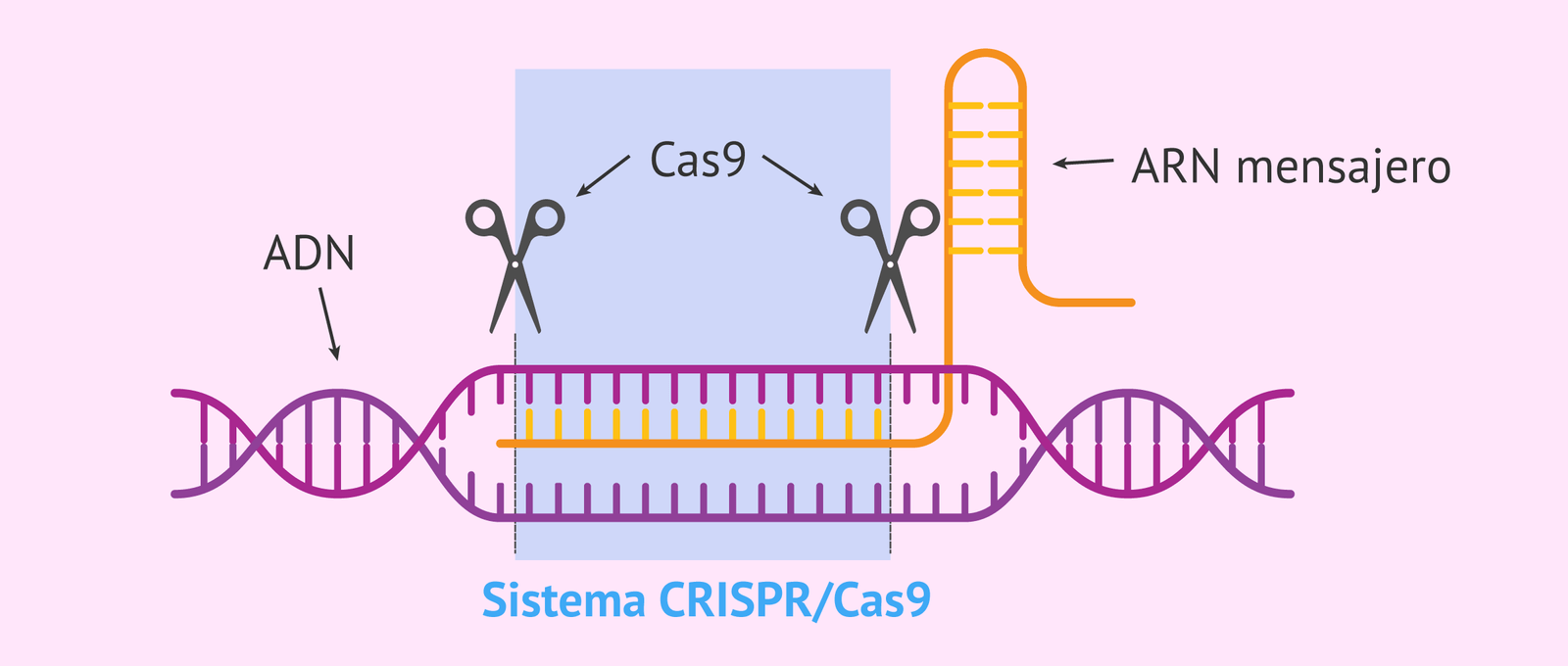
The rise of antibiotic-resistant bacteria has doctors and scientists worried about a “post-antibiotic era,” where even minor infections could once again become deadly. CRISPR offers a radical new solution. By programming CRISPR systems to target resistance genes within bacteria, scientists can selectively wipe out only the resistant strains, restoring the effectiveness of old antibiotics. This approach is like pulling out the weeds without harming the flowers—a delicate task that could keep our most essential medicines working for years to come.
Rapid Pandemic Response: CRISPR’s Role in Outbreaks
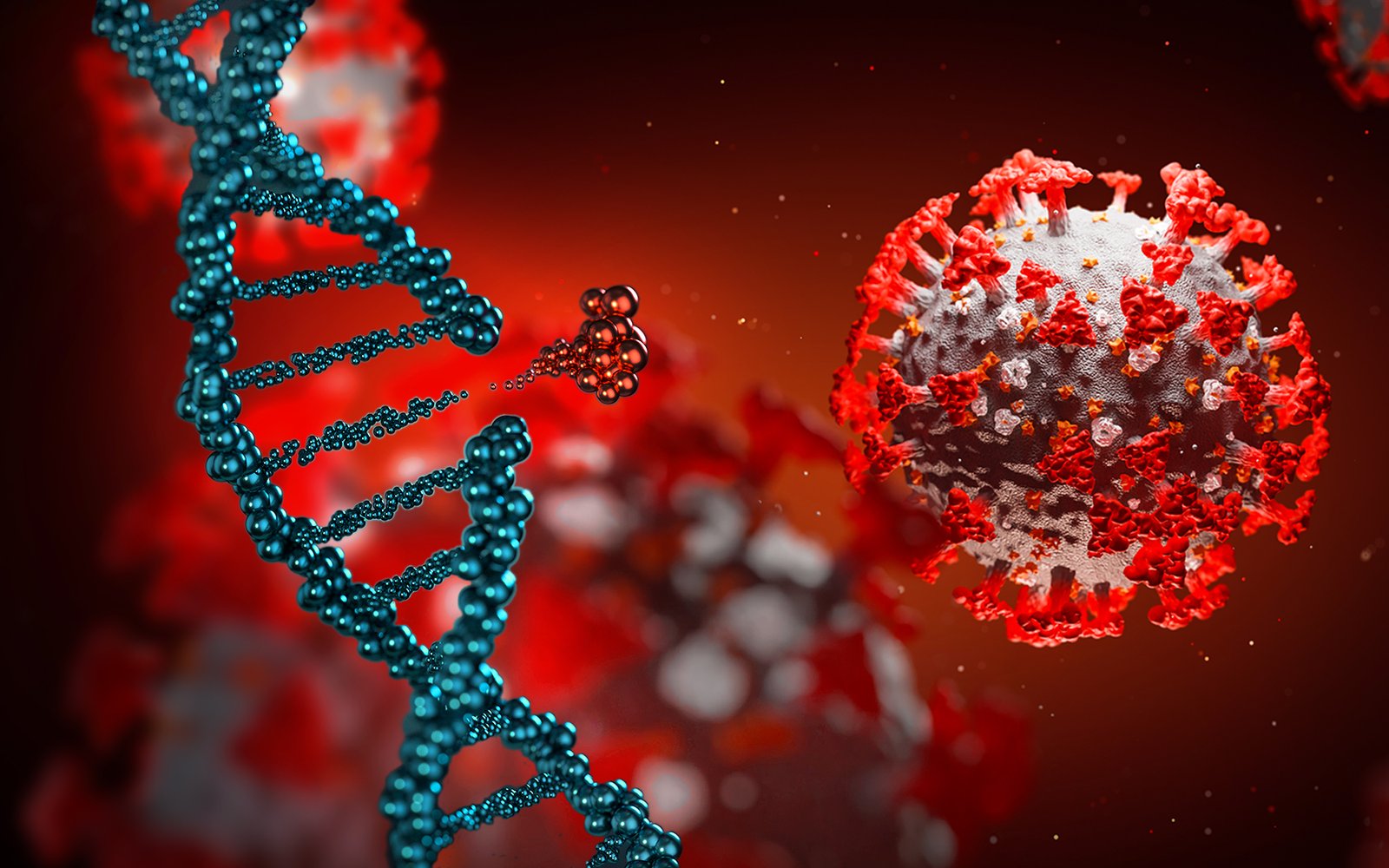
When a new infectious disease emerges, speed is everything. CRISPR’s adaptability makes it an ideal tool for responding to outbreaks. Scientists can quickly design CRISPR systems to detect or even attack new pathogens as soon as their genetic code is known. During the recent Ebola and Zika outbreaks, CRISPR-based tests were developed in record time, helping public health officials track and contain the spread. It’s a bit like having a customizable toolkit ready for whatever the world throws at us next.
Engineering Phages with CRISPR to Fight Superbugs
Phages—viruses that infect bacteria—are making a comeback as a weapon against antibiotic-resistant infections. Now, using CRISPR, researchers can engineer phages to specifically target and destroy superbugs, leaving healthy bacteria untouched. This is more precise than traditional phage therapy, which could be unpredictable. Hospitals in some countries are already starting to experiment with these designer phages, offering new hope for patients with infections that no drug can treat.
CRISPR-Based Vaccines: Faster, Safer, Smarter
Traditional vaccines can take years to develop and often require complicated manufacturing processes. CRISPR is enabling the rapid design of new vaccine candidates, tailored to the exact strain of a virus that’s causing trouble. Researchers are also using CRISPR to make existing vaccines safer by removing harmful or unnecessary genetic material. In the future, we might see vaccines that are not just faster to make, but also more effective and with fewer side effects, giving us a powerful shield against outbreaks both old and new.
Disarming Pathogens: CRISPR as a Precision Weapon
Not all infectious agents need to be destroyed—sometimes, just disabling their most dangerous features is enough. CRISPR can be programmed to turn off the genes that allow bacteria and viruses to invade cells, evade the immune system, or produce toxins. It’s like taking away a burglar’s tools before he can break in. This subtle approach could lead to treatments that don’t just kill pathogens, but render them harmless, reducing the risk of resistance and making our bodies safer battlegrounds.
Environmental Surveillance: Watching Pathogens in Real Time
In a world that’s more connected than ever, the ability to spot outbreaks before they explode is crucial. CRISPR-based sensors are being developed to detect pathogens in water, air, and even food, alerting health authorities to trouble before people start getting sick. These “biosentinels” could one day be deployed in airports, schools, or remote villages, acting as our early-warning system against the next pandemic. Imagine the peace of mind knowing that a hidden army of CRISPR sensors is quietly on guard, protecting us from invisible threats.
Fighting Crop and Livestock Diseases with CRISPR
Human health isn’t the only thing at stake—infectious diseases devastate crops and livestock too, threatening food security and livelihoods. CRISPR is being used to develop disease-resistant plants and animals, but it’s also helping to detect and control outbreaks in real time. By quickly identifying pathogens and even targeting them directly, CRISPR is helping farmers and ranchers stay one step ahead of Mother Nature’s curveballs. This could mean fewer lost harvests, more resilient food supplies, and a world where dinner is a little more secure.
CRISPR in the Fight Against Emerging Zoonotic Diseases
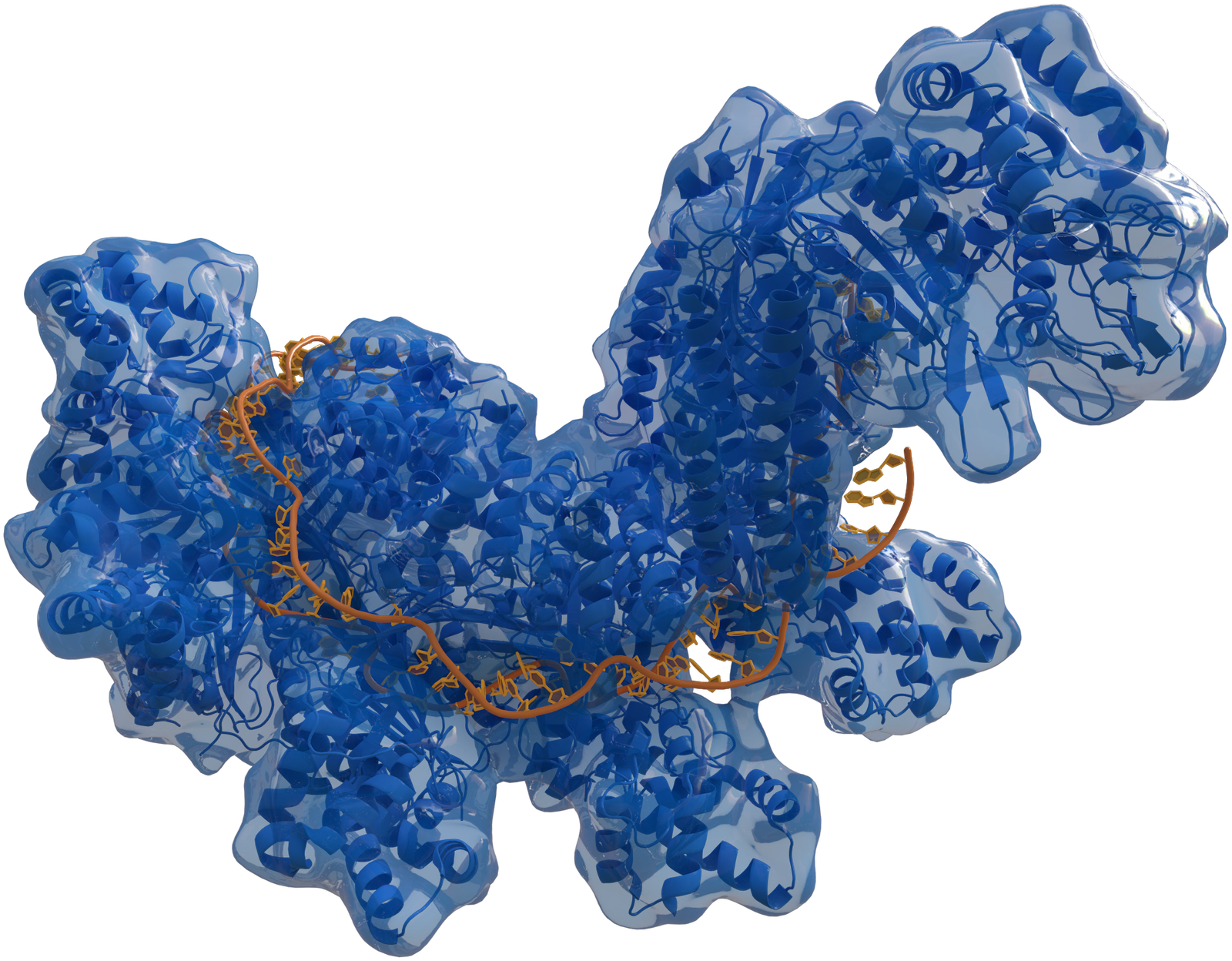
Diseases that jump from animals to humans—zoonoses—are among the most unpredictable and dangerous threats we face. CRISPR’s ability to rapidly analyze and target new pathogens makes it a key tool in the race to contain these outbreaks. When a mysterious illness appears in bats, pigs, or birds, scientists can use CRISPR to identify the culprit, track its spread, and even develop targeted interventions before it spills over to humans. This kind of rapid response is vital in a world where the next pandemic could be just one mutation away.
Personalizing Treatments for Infectious Diseases
Everyone’s immune system is a little different, and what works for one patient might not work for another. CRISPR allows for the development of personalized therapies that take into account a patient’s unique genetic profile and the specific strain of pathogen involved. In the future, doctors could use a simple test to design a treatment tailored just for you, increasing the chances of success and minimizing side effects. It’s personalized medicine taken to a whole new level—a world where “one size fits all” becomes a thing of the past.
CRISPR and Viral Latency: Awakening the Sleeping Giants
Some viruses, like herpes and hepatitis B, can hide inside our cells for years, evading the immune system and waiting for the right moment to strike. CRISPR is being used to “wake up” these latent viruses, making them visible to the immune system or vulnerable to antiviral drugs. This approach could lead to cures for chronic infections that have haunted families for generations. It’s a risky tactic—like poking a sleeping dragon—but one that could finally bring relief to millions.
Ethical Frontiers: Navigating the Risks of CRISPR in Infectious Disease
With great power comes great responsibility. The idea of releasing gene-edited organisms or altering the DNA of pathogens raises tough questions. What if a gene drive spreads too far, or a CRISPR-based therapy causes unintended consequences? Scientists and ethicists are working together to develop guidelines and safeguards, ensuring that our fight against infectious disease doesn’t create new dangers. It’s a delicate balance, but one that’s essential if CRISPR is to fulfill its promise without unleashing new nightmares.
Global Partnerships: Sharing CRISPR Innovations Worldwide

The fight against infectious diseases is a global challenge, and CRISPR technology is only as powerful as our ability to share it. International collaborations are springing up between universities, governments, and nonprofits to ensure that CRISPR-based solutions reach the places that need them most. From rural clinics in Africa to high-tech labs in Asia, the spirit of cooperation is driving innovation at a pace never seen before. It’s a reminder that science knows no borders—and that the best solutions come when we work together.
Empowering Communities with CRISPR Literacy
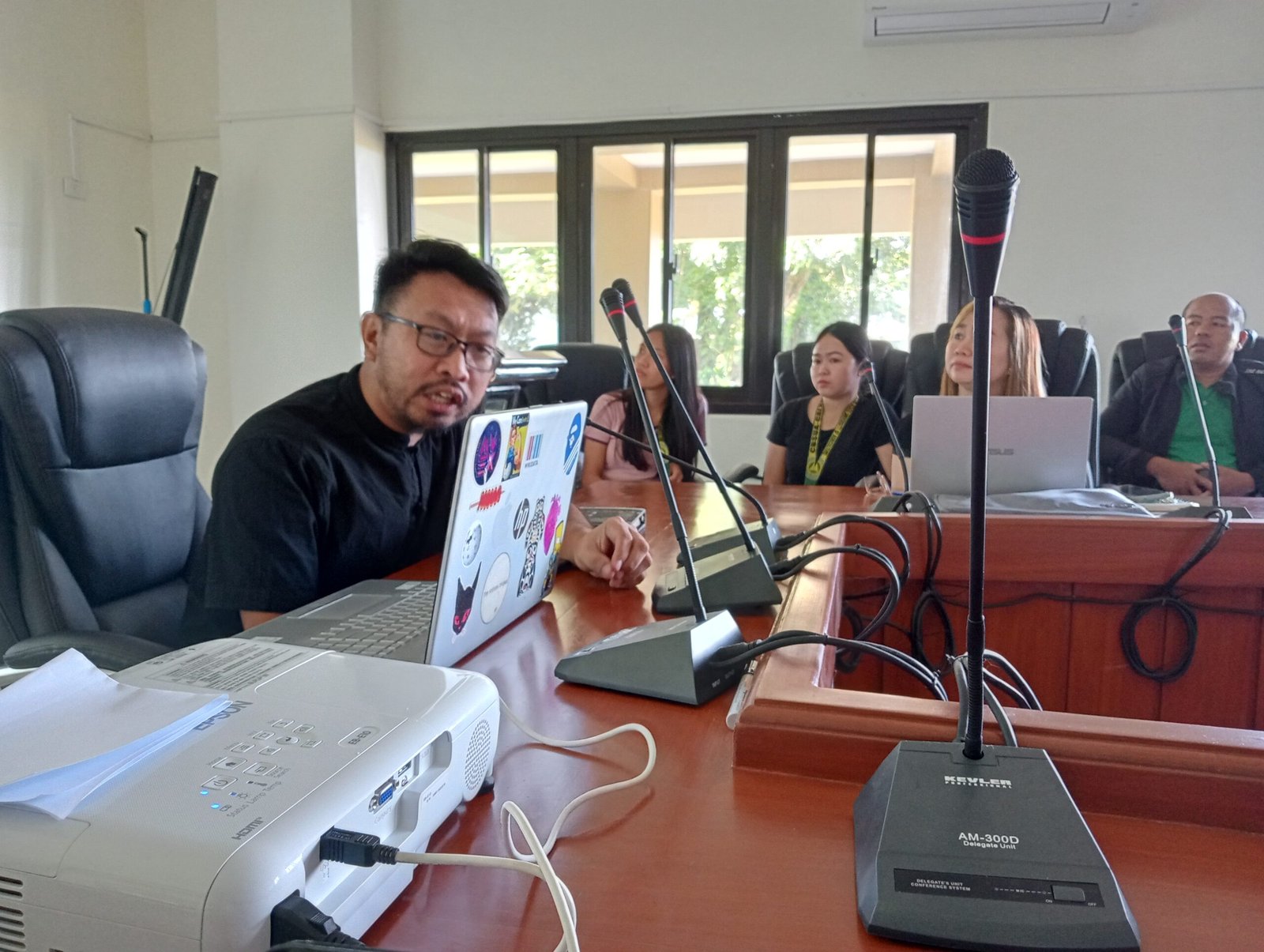
As CRISPR becomes more common in the fight against infectious disease, it’s vital that ordinary people understand what it is and how it works. Community outreach programs, school initiatives, and public forums are helping to demystify the science and build trust. When people know what to expect, they’re more likely to welcome new technologies and participate in disease control efforts. Knowledge is power—and in this case, it’s also protection.
Looking Ahead: The Unwritten Future of CRISPR in Infectious Disease
Standing at the edge of this new frontier, it’s impossible not to feel a sense of awe. CRISPR has already transformed our approach to infectious disease, but its greatest achievements may still be ahead. As researchers continue to push the boundaries, we can only imagine what surprises lie in store. Will CRISPR become the ultimate shield against pandemics—or will we discover new challenges that force us to rethink everything? The story is still unfolding, and every day brings new chapters to this remarkable adventure.
The promise of CRISPR in the battle against infectious disease is as vast as our imagination—and as urgent as the next outbreak. The tools are in our hands, and the future is waiting to be written.

